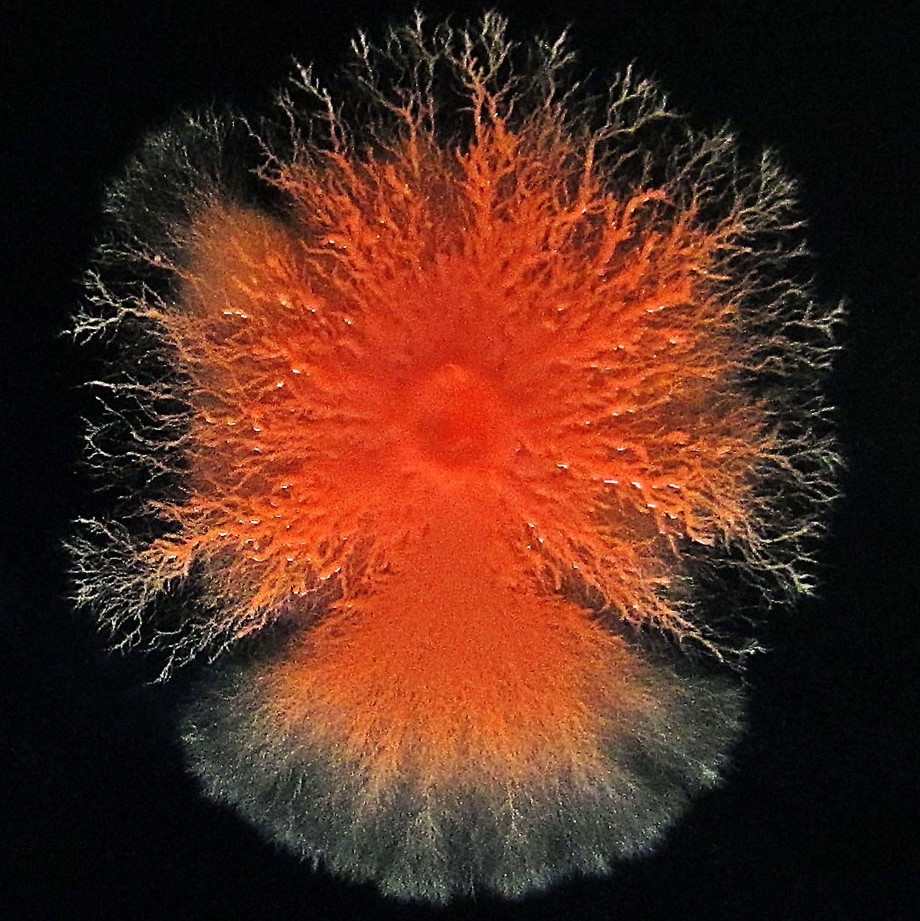Our bacteria come from nature and from our direct environment. Since its inception in 2017, VTL cooperates with the bacteriograph and bacteria hunter Erich Schopf from Vienna, Austria. Erich has accumulated a huge treasure trove of different, intensely coloring bacteria for over 20 years. We invited Erich for an interview to tell us how he discovered his passion for collecting bacteria and what he learned from working with microorganisms.
When you were young, what did you want to be?
A chemist. When I was 14 years old, I got fascinated by a book on bacteriology. I started to collect my first bacteria that produce colors from the air and photographed them. I got to know the microorganisms and thought to myself that I will look for something to study in the field of microbiology. That was the hour of birth for the bacteriographic painting. I would never have thought of buying acrylic paints and using them for painting. I am self-taught in this field. After graduating from the Höhere Bundes-Lehr- und Versuchsanstalt für chemische Industrie, I worked in the research department for paints and varnishes in a paint company.
What fascinates you about working with bacteria?
Humans think they are creative. The bacteria are much more creative than we are. Their hierarchical principle, organization, and cooperation are fascinating. They can act individually and as a team. Their existence should be made striking. With the help of art, one can achieve that people say that bacteria can also do something beautiful besides making our lives difficult.
My idea with bacteriography was to improve the image of the bacteria. The research about bacteria delivers something new every day, and this keeps fascinating me.
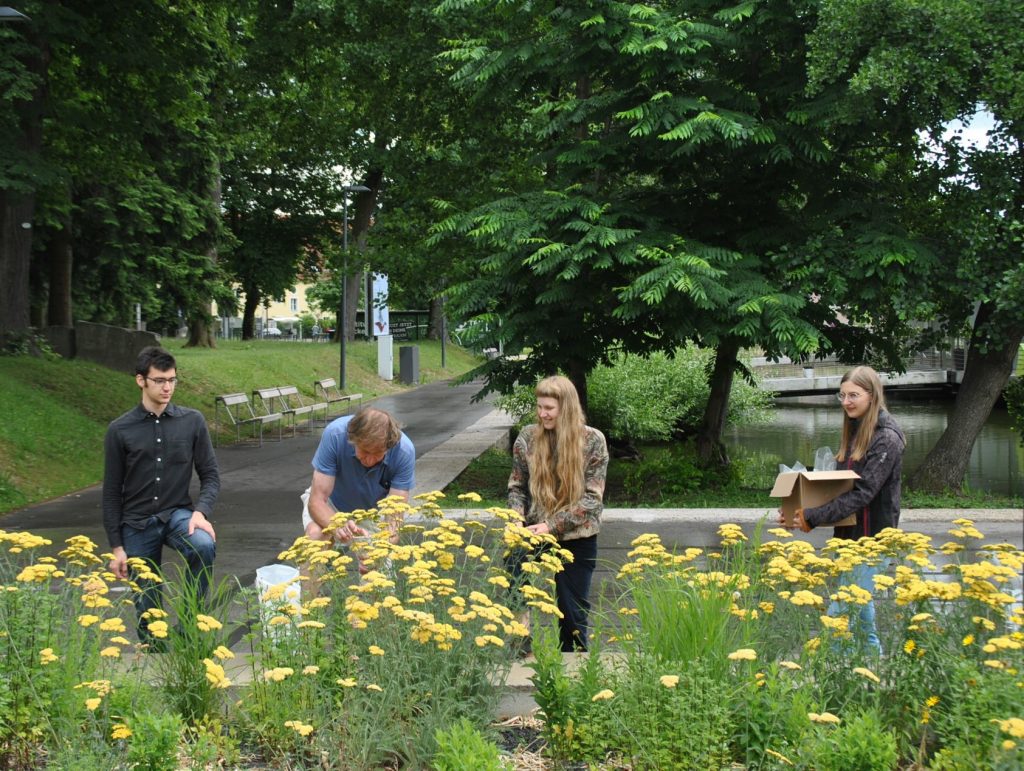
What is special about bacteriography?
The property of bacteriography is that there is always more on the picture than it was originally intended to be. The liveliness comes through letting the living organisms flow in.
To direct this flow is very exciting. It is a controlled series of surprises. I set the limits and within these parameters I let myself be surprised. Bacterioesthetics is the child of bacteriography. I only make one point and let the organisms themselves create works of art up to 20 cm. Nature is the most innovative artist there is.
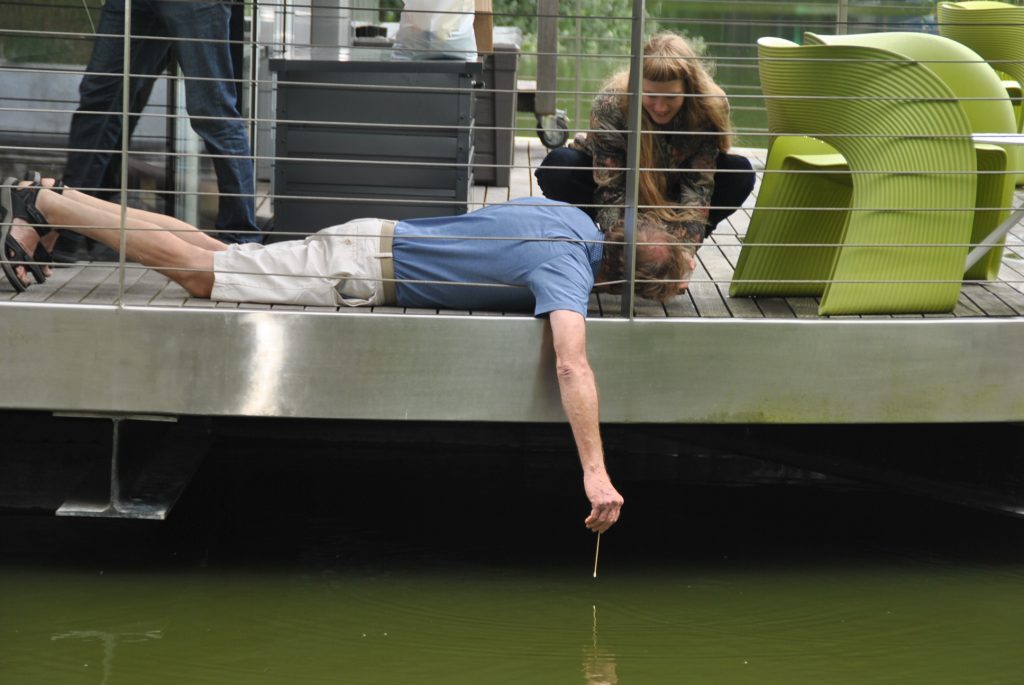
Where do you go for bacteria hunting?
First and foremost, I find them in the air and in the water samples on the subway seats, but also in food, e.g. on the fish scales or in the cauldrons of holy water at churches, which are rarely cleaned. The sand is my absolute favorite.
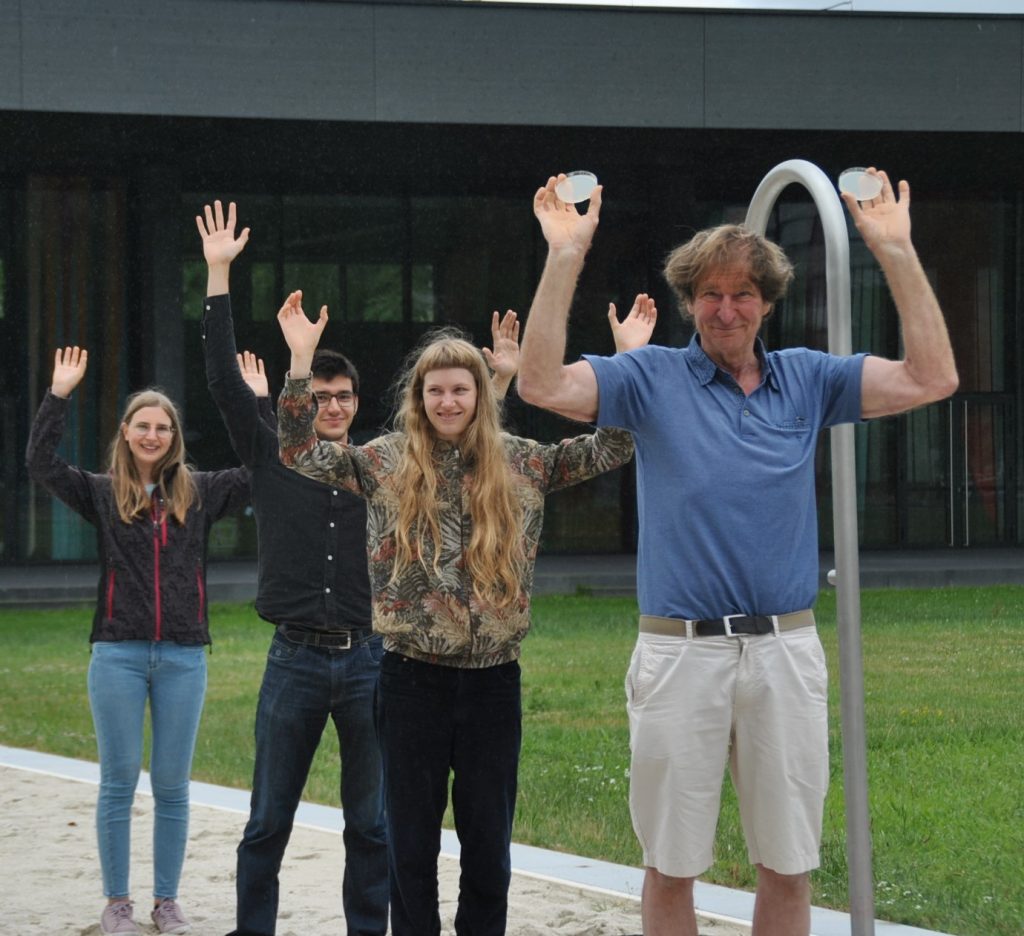
How did you meet the Vienna Textile Lab?
Karin (VTL founder & CEO) contacted me to say that she had found my art on the internet. We met in a cafe and talked extensively about bacteria. I was interested in why she was interested in bacteria and not in plant dyes. From this conversation a great cooperation has developed. VTL has exclusive access to my collection of colourful bacteria.
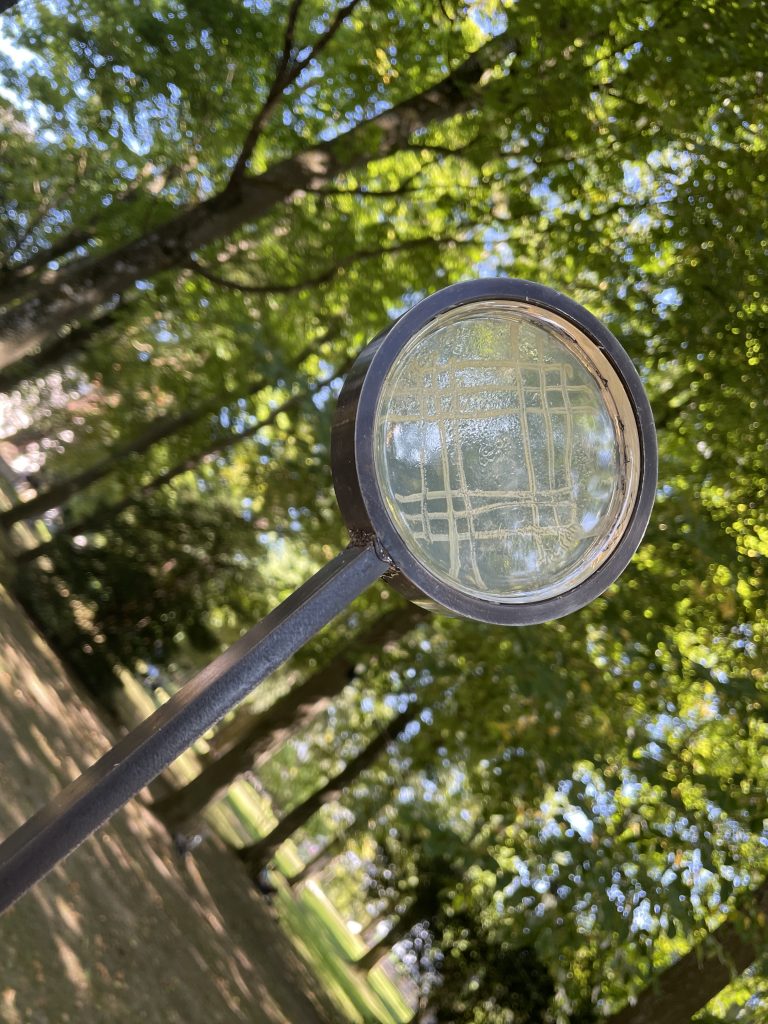
What other interests do you have?
My basic interests lie in the natural sciences. I also love to work with carpentry, turnery, and lighting. Sometimes there is such a hodgepodge of activities that I need to set up the pauses in between to be able to devote myself to each task. That means my friends hardly get to see me. In my free time I also ride my bike for hours and keep myself very fit.
For more information on Erich Schopf’s work visit his website Bacteriographie

